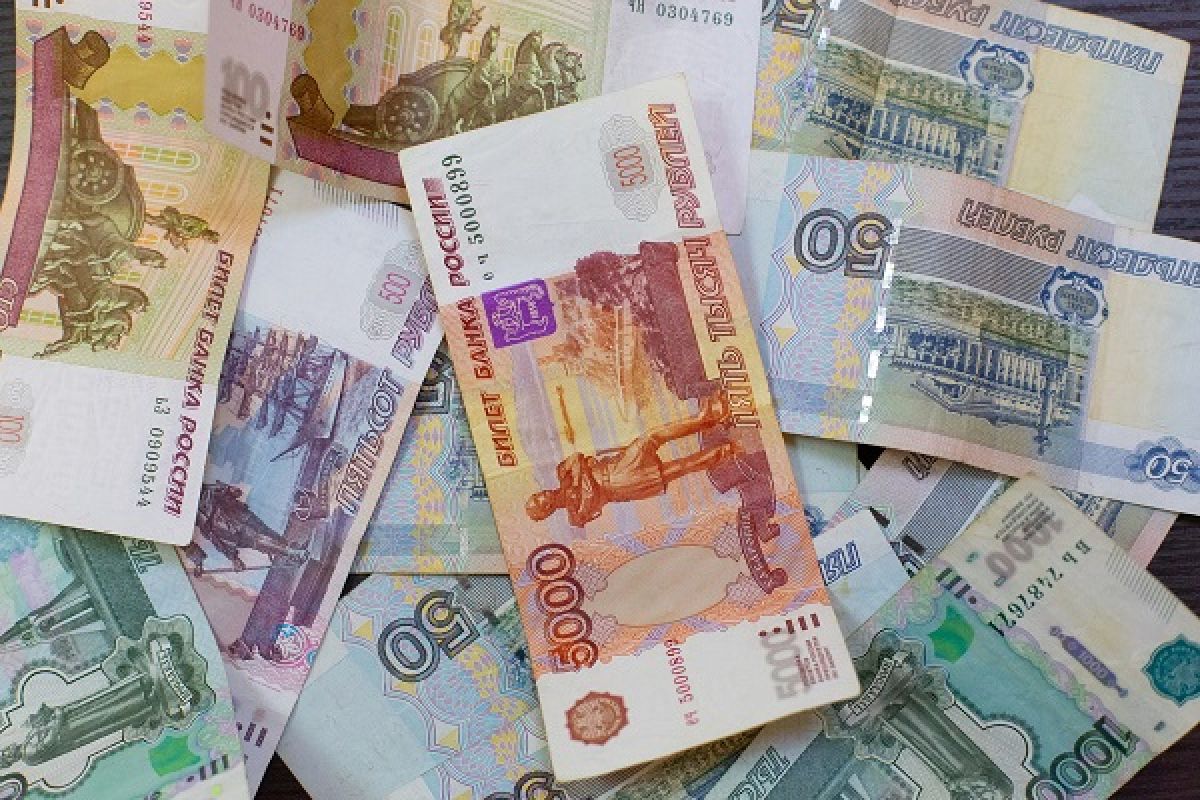
The imbalance is intensifying: it is becoming more difficult for Russian regions to make ends meet

© ООО "Региональные новости"
Russian regions are trying to develop despite the difficult reality. Not everyone succeeds, and as a result, the authors of the report conclude, the imbalance of regional budgets has increased. The reasons are obvious: the rise in the cost of borrowed resources in the debt market, high inflation, and lower prices for a number of export goods, including coal and certain types of metallurgical products. We also include a reduction in revenues from gas exports and oil exports. Serious labor market tensions have become a significant pressure factor within the country.
Sanctions are pressing
As a result, 50 regions of the Russian Federation had deficit budgets in 2024.Against the background of a high key interest rate, the economic development of the Russian regions is slowing down. The state defense order continues to play the role of a driver in some industries. Industrial production in the country as a whole increased slightly (+4.6% compared to 2023), but in 21 regions a negative trend was recorded in this indicator. Most of the enterprises affected by the sanctions are in those regions where oil, gas, coal and metal are mined. The largest drop was shown by the Kamchatka Territory, where industrial production sank by almost 16%. Analysts attribute this to a decrease in the volume of fish and seafood catches, the failure has become even more noticeable against the background of record figures in 2023. But the Kurgan region, which is actively fulfilling the state defense order, has become the leader in terms of industrial production growth.
Farmers have sagged, builders have slowed down&/strong>/p> For the second year in a row, analysts have been recording a difficult situation in agriculture. The industry was under pressure from several multidirectional vectors at once: on the one hand, climatic disasters and, as a result, a decrease in yields, on the other, a high key rate, which is most unprofitable and even fatal for farmers whose business is based on advances. The largest drop in agricultural production was shown by the Rostov region (- 20.7%), which lost almost a third of grain due to spring frosts and summer drought.
The construction industry, despite the prevailing factors, has so far resisted and even showed a slight increase of 2%, but compared to 2023 (growth of 9%) this is a significant slowdown. In 42 regions, construction volumes decreased, with Sevastopol showing the most dynamic growth among all regions. One thing can be said about the growth of inflation, which, like a cancerous tumor, affected one sector of the economy after another over the past year: it exceeded all expectations and forecasts. The consumer price index is not the same as inflation, calculation methods are different, and many economists tend to trust this indicator more, so this index for goods and services amounted to 109.5% by the end of 2024, it was higher only in 2022. Food prices rose the fastest, especially fruit and vegetable products, and the traditional Russian vegetable potato grew more than the rest - farmers refer to crop failures. Another indicator that continues to surprise economists is the unemployment rate: last year it dropped again to 2.3% and thus broke another record. Most regions of the country continue to exist in conditions of unsatisfied demand for labor. Now labor migration is not saving Russia either - the tightening of migration policy has had an effect.Precarious Balance
Many regional budgets have been in deficit for the second year in a row. Analysts &Expert RA» call this trend «imbalance ». Regional budget expenditures grew faster than revenues in 2024, with a ratio of 9.5% to 8.7%. 39 regions completed 2024 with a surplus, compared with 30 a year earlier. The Moscow Region is doing the best, with a surplus of 27.6% last year. The Kemerovo Region made the maximum contribution to the total deficit index.
Corporate income tax receipts sank by 4.0% in total, with a drop recorded in 53 regions. Among the reasons, analysts cite the introduction of a Single tax bill, international sanctions, a significant increase in prices for high-tech equipment, lower profits, exchange rate fluctuations and a deterioration in the situation on foreign energy markets. Once again, the mining regions sank the most, and once again things were worse in the Kemerovo Region, which lost more than 57% of income tax revenues. But if everything is objective and obvious in the case of the resource region, then the appearance of the Novgorod region among the leaders of the decline is alarming: the region has not received more than 41% of income tax, and here they are mostly provided by manufacturing and trade. Many regions have remained in the black due to the growth of personal income tax receipts: by the end of 2024, it came out on top with a share of 39.4%. The main reason for the growth is the increase in the wage fund.Significant Dependence
The budgets of most regions of the Russian Federation still remain significantly dependent on inter-budget transfers, the volume of which decreased last year. We are talking about direct financial injections into regional economies from the Federation. They grew most noticeably in two regions: more than twice in the Kursk region and almost twice in the Orenburg region. In both cases, the increase is due to emergencies. At the same time, the burden of social obligations continues to grow everywhere. In four regions (Kursk Oblast, Khakassia, Ingushetia, Kabardino-Balkaria), social spending exceeded the threshold of 70%. At the same time, the subjects of the Russian Federation have significantly fewer opportunities to borrow in the commercial financial market, as well as all other participants in economic activity. It is expected that against the background of a high key interest rate, the regions tried not to resort to bond loans, but even at current rates, 28 regions were forced to take out new loans. The Murmansk Region became the leader in this indicator, with its total debt increasing almost eight-fold. The debt portfolio of the Yaroslavl Region has increased fivefold, the Kamchatka Territory has almost tripled, and the debt burden of the budget of the Nizhny Novgorod and Arkhangelsk regions has doubled. It is also alarming that by the end of 2024, more stable regions have increased their debt burden, and the cost of servicing expensive bank loans is growing along with the debt portfolio. All together, regional economies face difficulties this year, and their growth rates will slow down, according to the RA Expert. The final indicators will depend on the ability of local authorities to effectively use existing potential and attract resources. Against the background of the ongoing sanctions regime, export-oriented regions will need to continue their reorientation to new markets. Obviously, surveys in the business community confirm that the investment activity of enterprises will continue to decline against the background of a high key interest rate: enterprises will be more and more cautious about long-term investments and will prefer short-term and less expensive projects. According to the forecasts of the agency "Expert RA", inflation in 2025 will decrease to 6%, and the key rate may drop to 19% by December. At the same time, no one removes the growing social obligations from regional budgets, without which it is impossible to achieve national development goals, and they will be used to judge the effectiveness of local authorities. It is hardly worth counting on an increase in inter-budget transfers, because they have been showing a downward trend over the past two years. One way or another, the regions will have to borrow, including from the bond market and banks. The authorities of 21 constituent entities of the Russian Federation had previously announced their intention to enter the bond market in 2025. The announced volume of placements may reach about 525 billion rubles, of which Moscow plans to attract almost a third.
* The data for the article is taken from the analytical review "Regional budgets and the economy in conditions of instability: Results of 2024", prepared by Tatiana Tirskikh, Managing Director of the Department of Sovereign and Regional Ratings "Expert RA".




